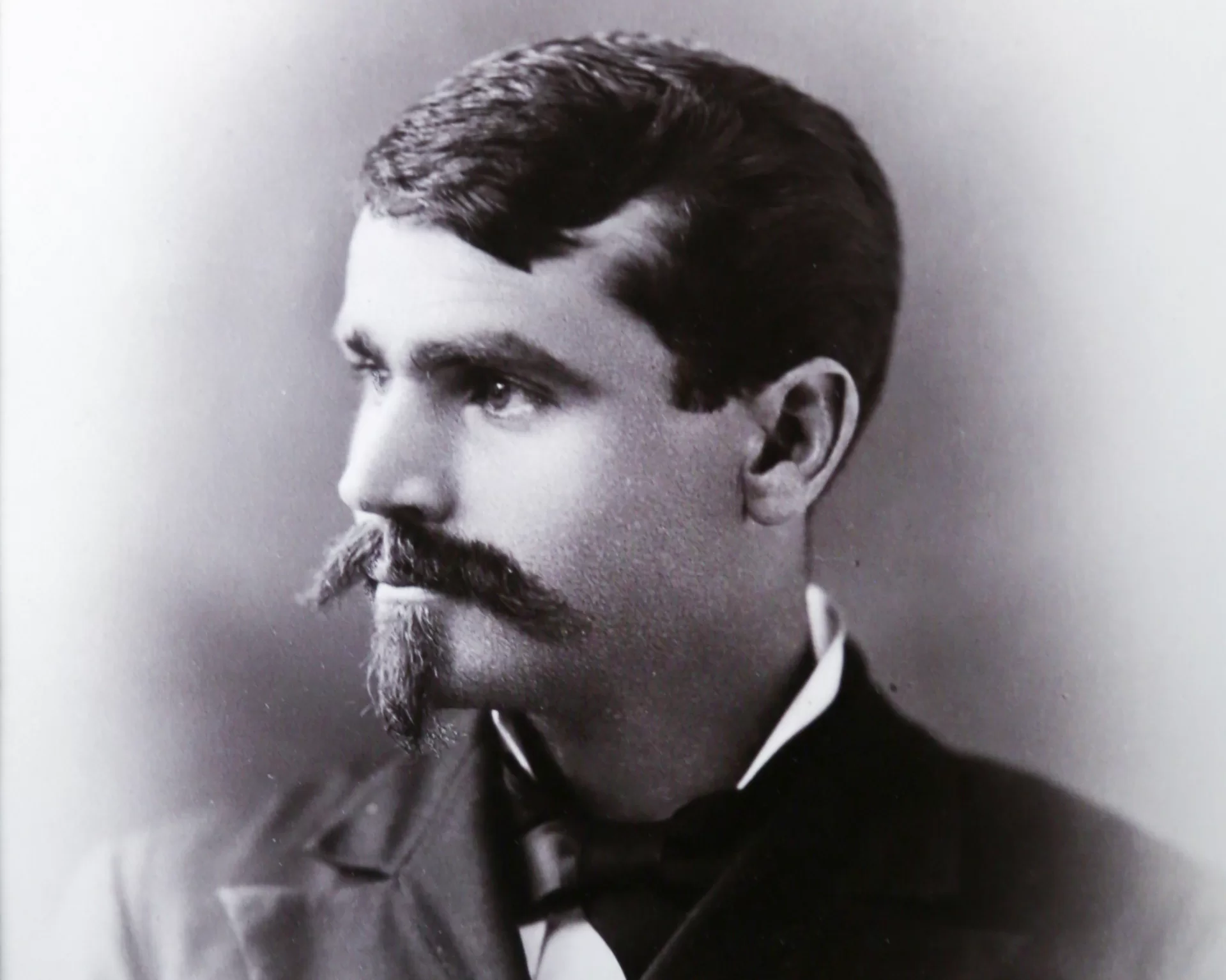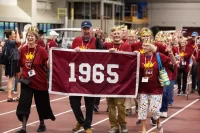
In the late 1800s at Bates, when Edmund Randall Angell sported a full goatee, and Thomas James Bollin wore friendly mutton chops, the percentage of clean-shaven American men was at an all-time low.
What was in, in a big way, were beards and mustaches
It’s said that the 19th-century beard boom started in Europe. British soldiers fighting in the Crimean War of 1854–56 were allowed to grow beards for the first time. Returning home, the beard was the mark of a hero.
By the early 1900s, facial hair, especially beards, was on the wane at Bates and in the U.S. In the 1901 yearbook, only two men out of 30 had any facial hair, and those two sported only the tidiest of mustaches.
With the emergence of the germ theory and subsequent public health campaigns, beards were thought to be unhygienic. (Irony note: A germ, COVID-19, caused a beard boom among men during the pandemic.) And shaving got easier, thanks to the introduction of the Gillette Safety Razor.
In the early 1900s, the emphasis on being clean shaven had social implications, explains Professor of Gender and Sexuality Studies Rebecca Herzig in Plucked: A History of Hair Removal. Public health rhetoric that emphasized hygiene, including shaving, was often tied to anti-immigrant rhetoric and policy that effectively demonized immigrants as unclean or unhealthy.
But before all that went down, beards, mustaches, and sideburns were all the rage. Here are 11 portraits of the best of the mustachioed and bearded Batesies.
Here’s Johnny’s Shenandoah
In the 1882 yearbook, legendary professor Jonathan “Uncle Johnny” Stanton, wears a flowing Shenandoah-style beard.
A professor from 1863 to 1906, he taught Greek and Latin, served as librarian, and taught a popular class in ornithology. He’s credited with establishing the Bates debate tradition by encouraging students to form literary societies, from which intercollegiate debating sprang.
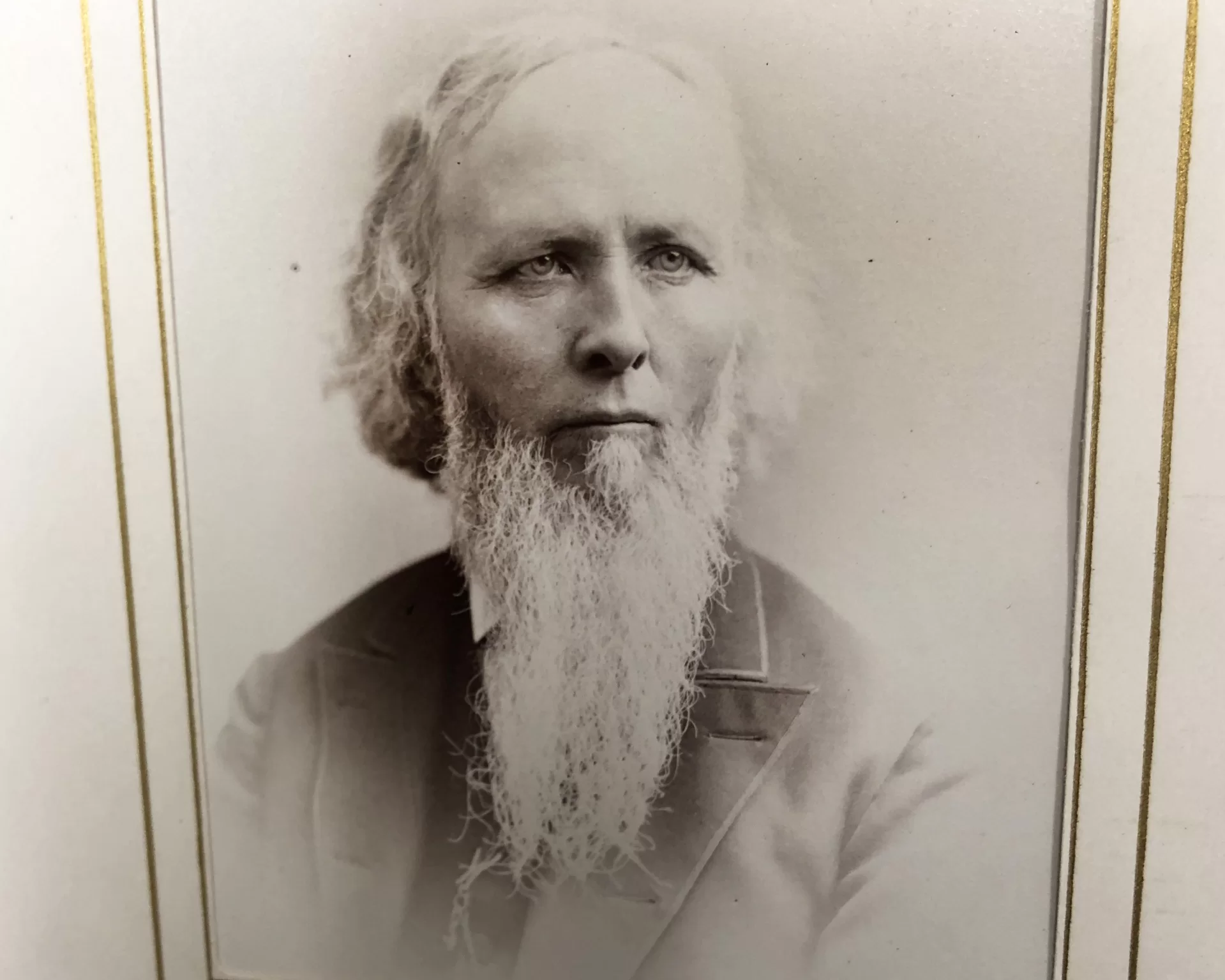
Dr. Morton
Walter Alfred Morton, Class of 1886, sports a subtle handlebar mustache. Virginia-born, he earned a medical degree from Dartmouth and was a physician in Brooklyn, N.Y.
Sadly, he died at age 38 of heart trouble. The Standard Union newspaper of Brooklyn reported on his funeral. “Having to rely solely upon himself for support, he found the pathway to a thorough college education beset with many difficulties, but was determined to surmount them.”
In Brooklyn, he was “at once recognized as an able physician, and his practice grew rapidly.”
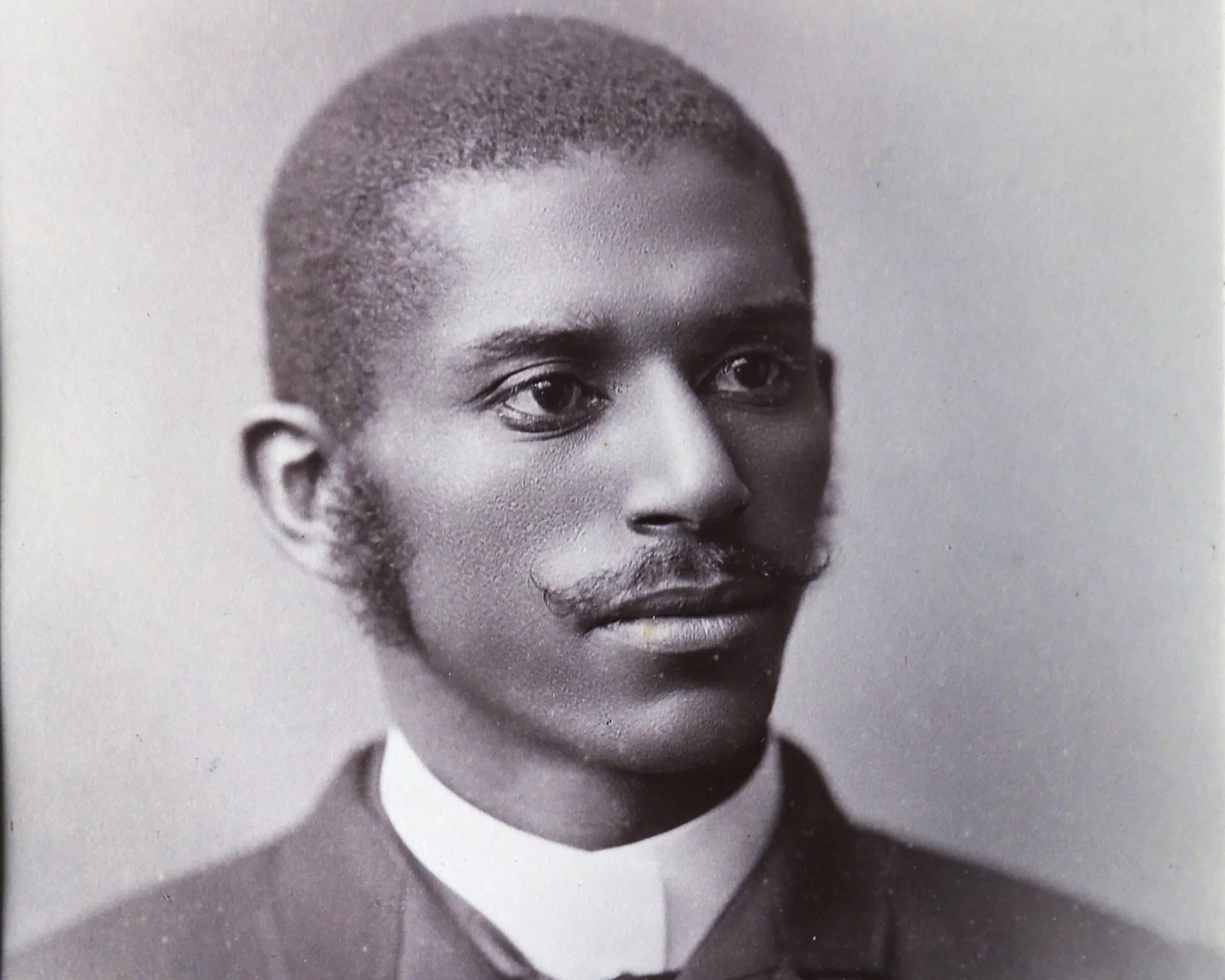
Slim Stache
John Carroll Perkins, Class of 1882, might be wearing a pencil mustache, or perhaps it’s just a modest attempt at facial hair. A Phi Beta Kappa graduate, he served as pastor of the historic King’s Chapel in Boston. Fun fact: He was also the guardian of Emily Hale, often described as the confidante and muse of T.S. Eliot.
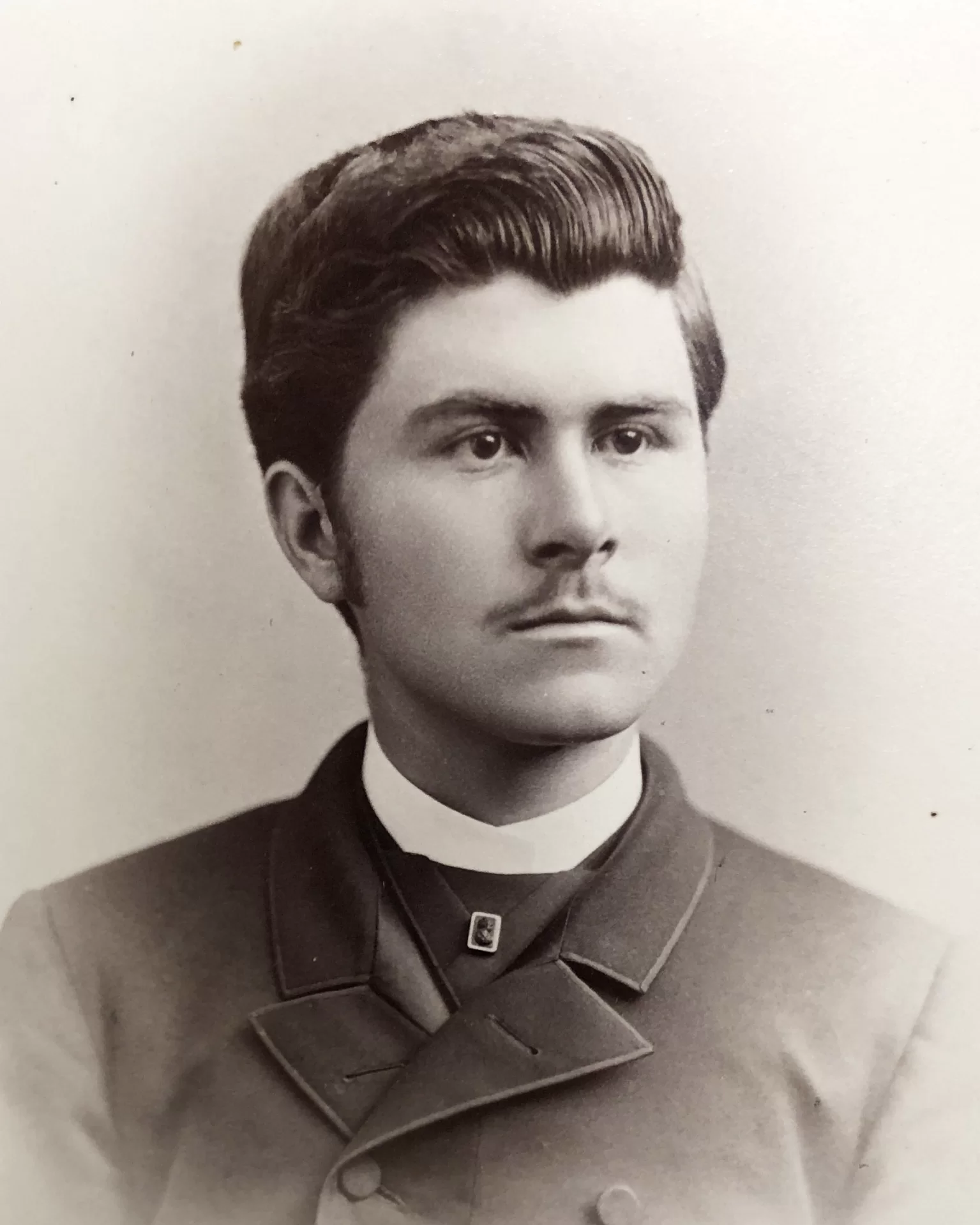
Getting a Handle
Irish-born Thomas Singer, Class of 1890, had one of the longest handlebar mustaches at Bates in the hair-raising 1800s. Singer died while at divinity school at Yale in 1894.
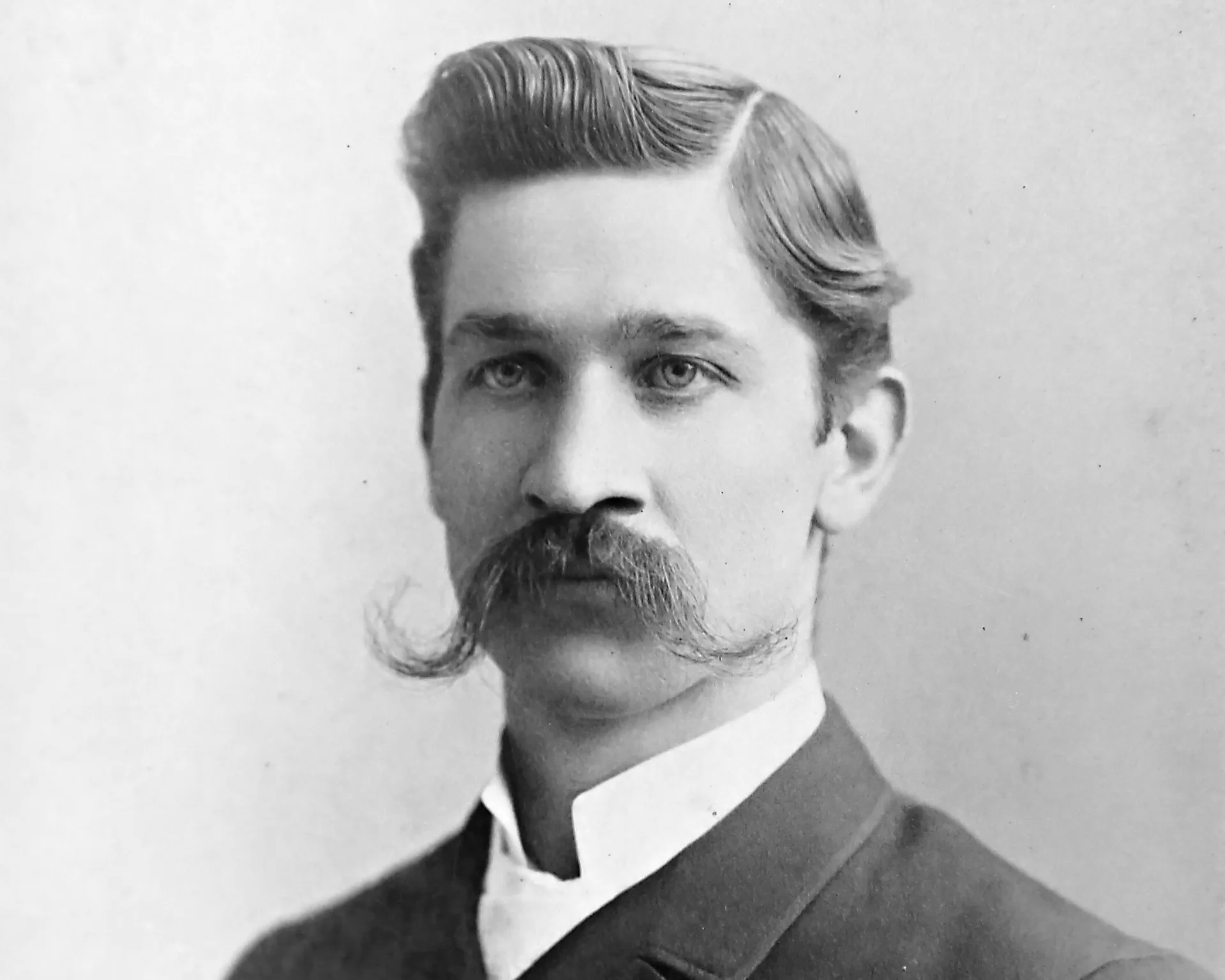
He Is the Walrus
Sporting a walrus mustache is Frank Hartford Smith, Class of 1873. Smith was a lawyer in Stockton, Calif.
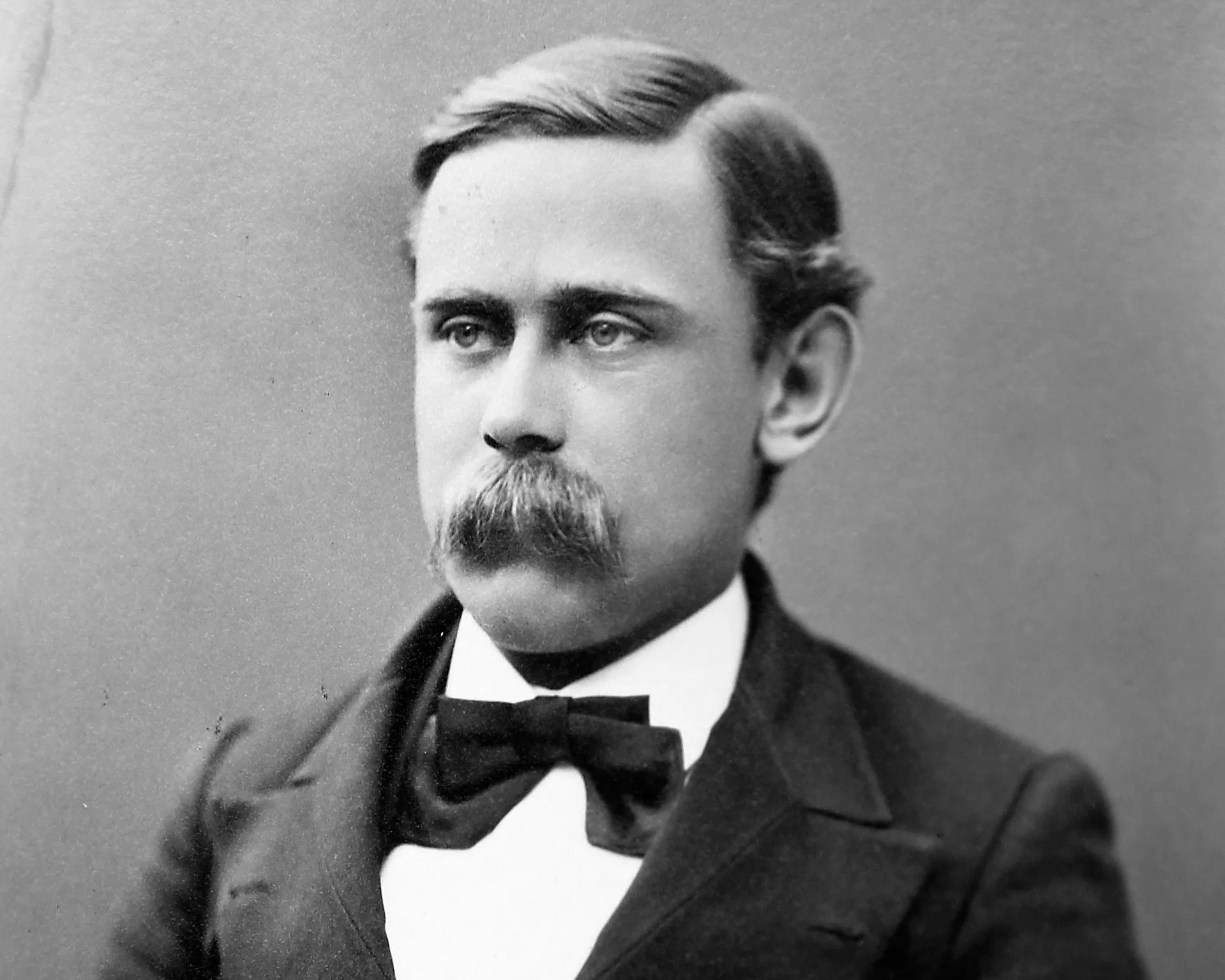
Ministerial Mustache
Roscoe Nelson, Class of 1887, wears a natural handlebar mustache.
Nelson earned a divinity degree from Yale and was pastor of the First Congregational Church in Windsor, Conn., for 40 years, retiring in 1931.
In his retirement letter, he said, “I lay down my office with deep regret, but with humble thankfulness for numerous tokens of divine favor for our united efforts.”
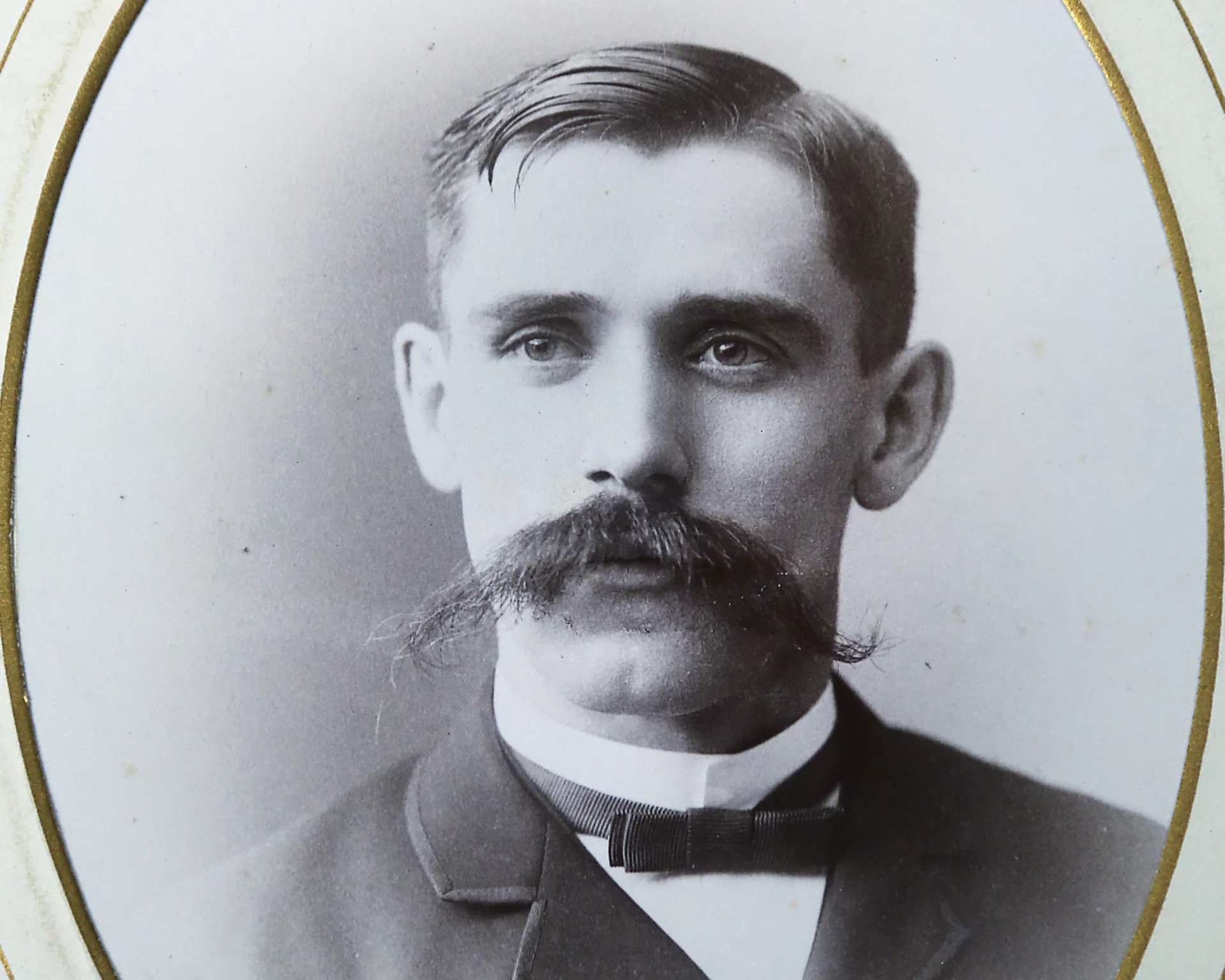
Mayor’s Mustache
John Riley Dunton, Class of 1887, also wears a natural handlebar mustache.
Born in Searsmont, Maine, he taught school in Maine and was a school superintendent before becoming a lawyer. He also was elected mayor of Belfast in 1906. The surprise victory by the Democrat prompted bonfires and other forms of “hilarity,” reported the Bangor Daily News.
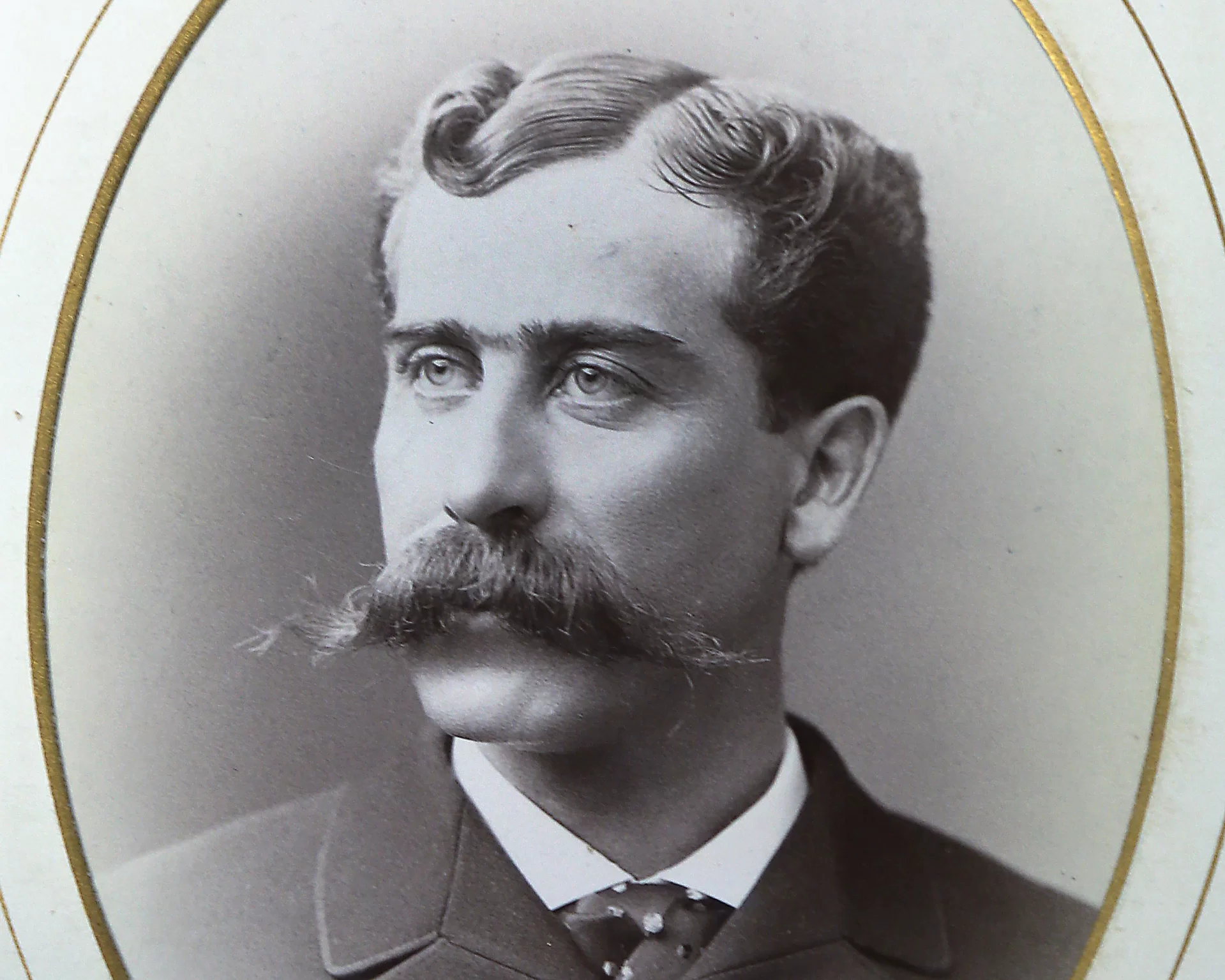
Bearded Friend
Thomas James Bollin, Class of 1879, wears “friendly” mutton chops, distinguished from typical mutton chops by how the sideburns meet the mustache. Bollin once described social equality as the “brotherhood of man in every condition,” which 2014 Commencement speaker Isabel Wilkerson called a “beautiful definition.”
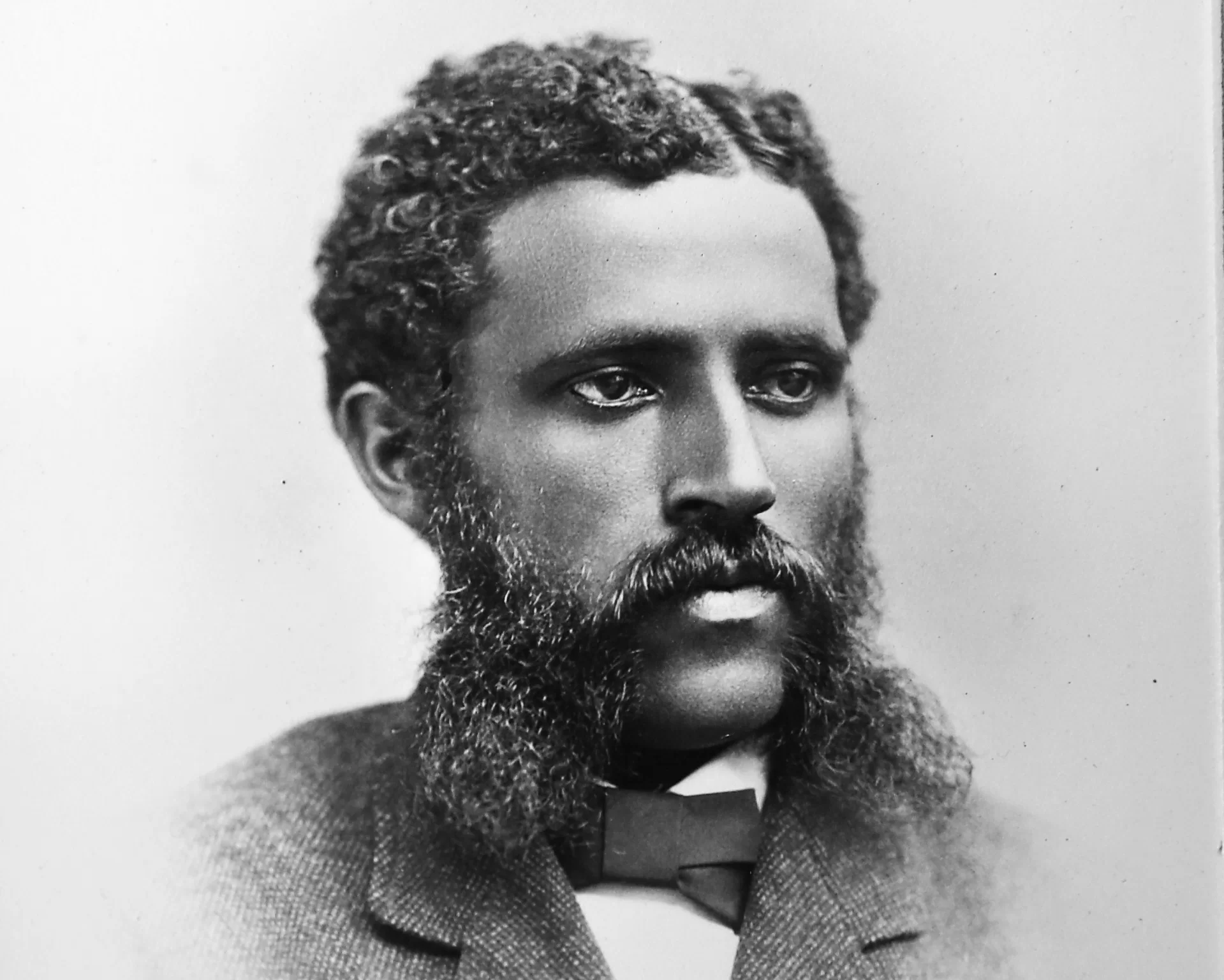
The Goat
Edmund Randall Angell, Class of 1873, sports a full goatee.
A chemist who worked in his own New Hampshire lab, he patented a snowblower-type contraption that removed ice from sidewalks with rapidly rotating metal teeth. (Apparently, it never got much traction with consumers.)
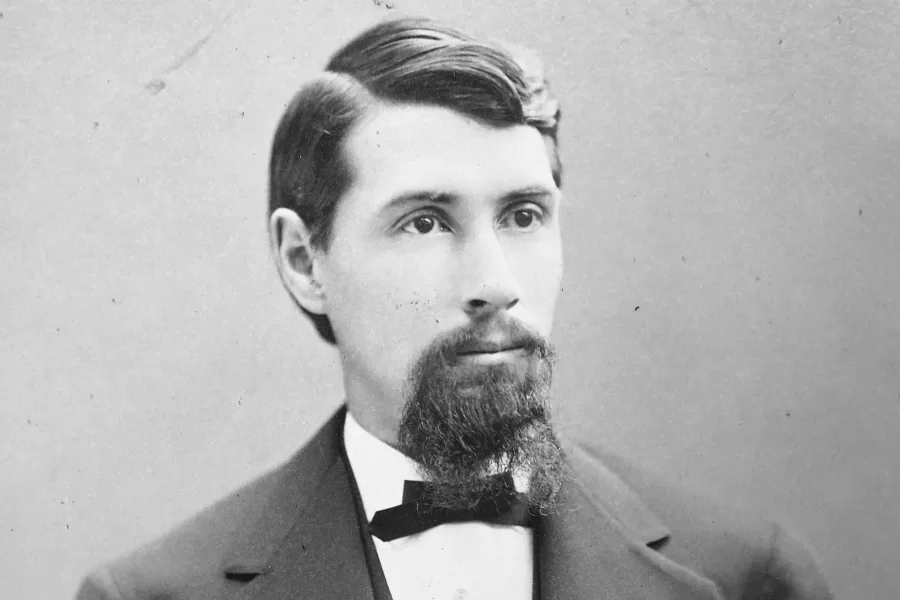
It’s Curtains
Similar to Jonathan Stanton, philosophy and theology professor Benjamin Francis Hayes, circa 1872, wears a Shenandoah, also known as a chin curtain.
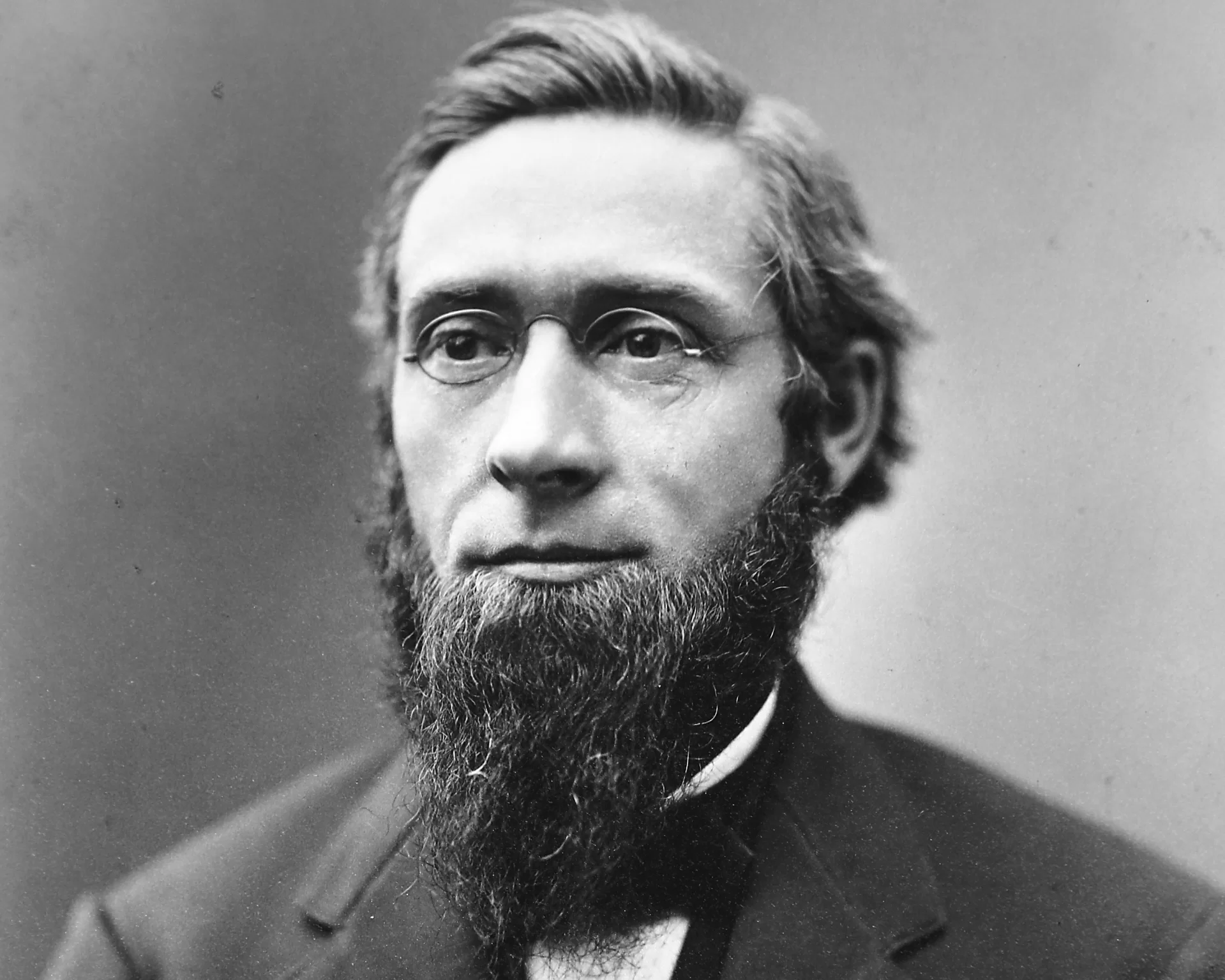
Puffery
As best we can figure, Ansel LaForest Lumbert, a non-graduate of the Class of 1879, is wearing a handlebar mustache paired with a “chin puff.” He took all that to Bowdoin, graduating in 1879 and becoming a lawyer in Houlton, Maine.
